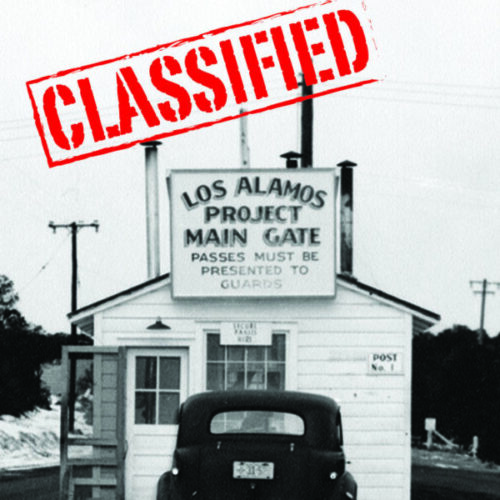For other COVID posts, visit my Quarantine blog.
Just as COVID winds down and rioter aspirations ramp up threatening to bump the pandemic off headlines, along comes a new coronavirus boogeyman sure to make us quake in fear. This new boogeyman is so frightening it might even get governors to kindly ask rioters to suspend looting long enough to reattach their facemasks so they don’t catch COVID while burning down churches.
Our new boogeyman lurks among us, perhaps he’s that guy who fails to smile while passing the wrong way down the up aisle of the grocery store. The media has titled this most evil of villains as the “superspreader.” Sounds ominous doesn’t it, like something out of a Spiderman comic or the 60’s version of Batman. The original super spreader was a secret agent businessman who traveled the world infecting people. He was the creation of British media back in February but never really caught on, probably because he didn’t seem as ominous as a two-word villain.
By March, he morphed into super-spreader, a dark shadowy figure who’s been working in secrecy for over a hundred-years infecting up to ten innocent people at a time, first with measles, then with typhoid, before moving on to SARS and Ebola. But still, even after adding the hyphen, media couldn’t get this boogeyman to catch on in our pandemic lexicon.
So the media did what they do and went in search of a more sinister boogeyman. They briefly floated the evil Chinese preventing the development of a COVID cure to weaken our industrial base so they could realize their vision of world domination. Meanwhile, Chinese media pitched the evil American military covertly sneaking troops into Chinese cities to infect the masses to realize our vision of world domination.
That proved too abstract to cause Americans to quake in fear of what’s lurking beneath their bed so media resumed their search for a proper boogeyman who could re-dominate headlines. Next up was the corona-child killer, a rare respiratory villain that had neither a name nor a tie-in to COVID. The media’s failure to name this childhood malady no doubt contributed to its short run. Another contributing factor was the inability to find anyone actually dying from it.
Out of options, the media stared into the abyss of riot grabbing headlines that weakened their liberal city narrative and had no alternative but to rebrand an old standby. Learning from previous mistakes, the revised boogeyman is no longer held back by a two word title, or a stunted hyphen; no, he’s a one word villain far more evil, powerful, and bent on killing than his predecessors, he is superspreader.
The trick to creating a successful villain that makes us cower in fear is to embed just enough believability we overlook overtly preposterous attributes. Take superspreader, he attacks through airborne transmission, which we all fear. His sinister virus is smaller than every other known coronavirus on the planet, including COVID-19, which means he can penetrate facemask barriers with the ease of water through a percolator. His virus is so virulent, it can live in an aerosolized state for over twenty hours and once breathed in by innocent unsuspecting bystanders, the tiny virus travels deeper into a victim’s lungs assuring inevitable death. Our only defense against superspreader, according to media collaborators from once prestigious academia, is wearing facemasks. Yes indeed, ladies and gentlemen, the newly rebranded boogeyman is a media marketing wet dream.
While not wanting to be a Doubting Thomas, there’s a few slight problems with this narrative I feel obliged to point out. First, aerosolizing viruses is extremely difficult, the Russians tried for decades to aerosolize anthrax as a weapon, but all they managed to do was kill thousands in failed experiments. Measles, which is a virus on steroids, can only live two hours in the air while at best coronaviruses are good for three hours. It seems the folks down in marketing overreached by imbuing superspreader with a virus that can survive 20 hours in air.
Viruses are smaller than bacteria, and while they range from relatively large to very small, the coronavirus family exists on the large end of the viral scale. In addition, there’s no evidence that a smaller sized virus packs a more powerful punch. In fact, it’s logical to deduce that a smaller virus would be easier for our immune system to overwhelm.
Now we come to facemasks, keep in mind facemasks don’t prevent infection, they’re meant to keep you from infecting others. According to the World Health Organization, wearing a facemask offers no protection from the coronavirus and in fact the moister barrier you build up on the inside of your mask is a breeding ground for viruses and bacteria. On top of that, facemasks cause hypoxia. Ironically when the folks down in marketing gave superspreader the power to penetrate facemasks they forgot that they also made facemasks his kryptonite.
I applaud media’s relentless pursuit of finding the elusive COVID boogeyman, with a special shout out to the fine folks down in marketing. That being said, we need to conclude with something to calm the hyper-hysteria. Namely, that there’s not a single shred of evidence indicating that being infected by superspreader leads to higher death rates. As evidence, we can point to the fact that superspreader’s existence has yet to even be confirmed . . . although there have been rumored sightings on FOX and CNN riot coverage.

